The Breakdown: Peru
Exchange Rate: $1 = 2.6 PEN (Peruvian Nuevo Sol)
Overall
Peru is one of those countries that’s solidly on any traveler’s bucket list of places to visit. With Machu Picchu, the Inca Trail, Lake Titicaca, and the Nazca Lines all concentrated in one budget-friendly country, it’s not hard to see why.
Culturally, Peru was different than anywhere else we visited in South America, and this really made it stand-out. Being in Argentina or Brazil can feel strangely familiar to a North American, but in Peru, with all the different indigenous groups around, you really feel like you’re somewhere totally alien. You really feel like you’re traveling.
I can’t say that we enjoyed every moment of Peru (traveler’s diarrhea anyone?), but now that we’ve finished the South America portion of our round the world journey, I’d have to say that Peru is definitely right up there as one of our most interesting countries to visit.
What We Did
We spent a total of 3 weeks in Peru and visited Lima, Arequipa, Puno and Lake Titicaca, Cuzco and Machu Picchu, before ending our trip back in Lima. After meeting other tourists on the road who told us they’d hardly been able to distinguish anything at the Nazca Lines from the plane, we decided to skip them completely.
We really just used Lima as a place to enter and exit the country, but in hindsight, I wish we’d spent a little more time there, mostly because the food was so amazing. Travel guidebooks tend to be lukewarm about Lima, but we quite enjoyed our time there, especially when we stayed in the barrio of Barranco.
From there we headed to Arequipa, a pleasant place to spend a few days gradually acclimatizing to higher altitudes. We visited the Santa Catalina Monastary but DIDN’T hike the Colca Canyon.
After that, it was straight into the Peruvian Andes, with a visit to Puno and Lake Titicaca, the highest navigable lake in the world. We probably spent a little too long in Puno, since it’s actually a pretty unappealing town, but we were suffering a little from the 3800 metre altitude.
Despite feeling less than 100%, we did manage to get out onto a tour of the islands that dot Lake Titicaca. Visiting the Uros Islands, staying overnight with a local family on Amantani and visiting the knitting men of Taquile was definitely one of the most unique and memorable portions of our trip to Peru.
Our final weeks in Peru were spent chilling out in Cusco, and of course, trekking to the amazing Machu Picchu.
Food and Drink:
I’d read online that Peruvian cuisine was taking over South America. It took but one delicious dish of fresh, tangy seafood ceviche to convince me that this was true.
To truly experience the divinity of Peruvian cuisine, you really need to dine in Lima, but good eats could be found all over the country. Peru had the best food of all the countries we visited in South America, hands down.
The only thing we didn’t enjoy was the cuy, or roasted guinea pig. Yes, in Peru, this furry North American pet, is dinner. And not just any dinner, but considered somewhat of a delicacy. Truth is, I couldn’t bring myself to even taste it, especially when it appeared on the plate with head, teeth, paws and claws intact, but the Bear had a go…and well, let’s just say he couldn’t finish the meal.
Costs
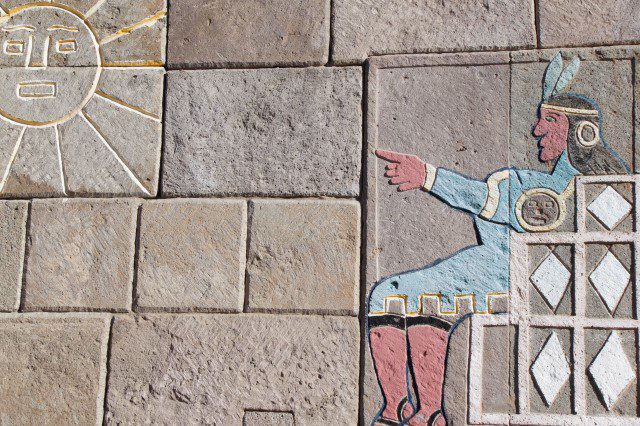
This amount includes all of our costs for accommodation, meals, tours and top of the line bus travel around the country.
We always stayed in hotels or guesthouses in rooms with private bathroom, free breakfast and wifi. With the exception of Lima, these rooms cost no more than $30/night and were spotlessly clean. Breakfast often included fresh squeezed juice and eggs made to order. Relative to other countries we’ve visited, it was amazingly easy to find high quality accommodation at a low price in Peru.
A “menu ejecutivo,” tourist menu or menu of the day could be found in most restaurants for anywhere from 10-15 soles. These menus were usually 3 courses, with soup, appetizer and main course included, and pretty tasty most of the time.
We always traveled on Cruz del Sur in the highest class of sleeper bus. These buses provided meals and snacks, were super comfortable and actually non-stop (as opposed to long distance buses in Argentina which said they were non-stop, but stopped about 8 billion times over a 12 hour journey).
The details of our spending in Peru can be found on the Budget Your Trip website.
As the premium tourist destination in Peru, our trek to Machu Picchu was understandably much more expensive on a daily basis than just traveling around Peru. The all-inclusive trek cost us $400.29/day, and included the costs of hiring an extra porter to carry our stuff, tips and all the food from our last day in Aguas Calientes (which we were responsible for separate from the costs of the trek to Machu Pichu), before heading back to Cuzco.
Details can be found here on the Budget Your Trip website.
Travel Tip
Long distance buses in Peru are amazing. Do not hesitate to travel across the country in one. We only took Cruz del Sur, but I would recommend their Cruzero Class service without hesitation.
For just $75 each, we were able to travel from Cuzco all the way to Lima (a 24 hour ride). The ride is smooth, food is provided and the journey is actually non-stop. We didn’t feel the ride at all.
One thing to note is that Cruz del Sur does not service the route between Puno and Cuzco. We ended up taking a Tour Peru night bus (this is a bus company, not a tourism company), and while the bus was fine, it was pretty exhausting to arrive in Cusco at 4am.
A better option would’ve been to take the morning bus and enjoy the scenery along the way (book the day before). After all, this is one of the most breathtaking parts of Peru.
Attraction Tip
Machu Picchu is the most obvious attraction in Peru, and a lot of travelers decide to visit Peru with the sole purpose of trekking the Inca Trail. And it is without a doubt, worth every accolade it receives.
But there’s so much more to Peru. One of our favourite experiences, was the homestay on Amantani Island. Departing from the Puno side of Lake Titicaca and costing just 30 soles each, the homestay allowed us to spend time with a local indigenous family and experience their way of life for a night. Our homestay family was warm and humble and living by candlelight for a night, without the distractions of internet and television, extremely rejuvenating.
When in Peru
If you’ve never tasted ceviche, Peru’s the place to give it a try. But like the locals, make sure you only have it for breakfast, lunch or an early afternoon snack.
Ceviche is a seafood dish made from raw fish and shellfish, so it’s important to make sure it’s fresh to avoid any risk of food poisoning. It’s prepared by marinating the fish in citrus juices, like lemon or lime. After the acidity of the juices “cooks” the seafood, it’s then spiced with chili peppers, onions, salt and/or cilantro.
You could probably have ceviche anytime in Lima, because refrigeration and supply of ingredients isn’t an issue, but in other part of the country, it’s definitely important to be aware that ceviche is essentially a “raw” seafood dish.
But definitely do not let this deter you from trying it. My mouth still waters when I think about it, and it’s one of the things we miss most about Peru.


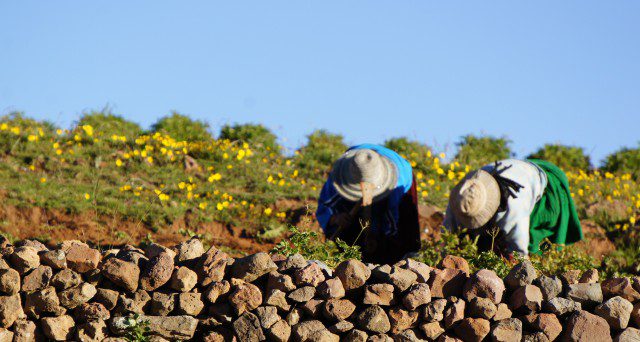
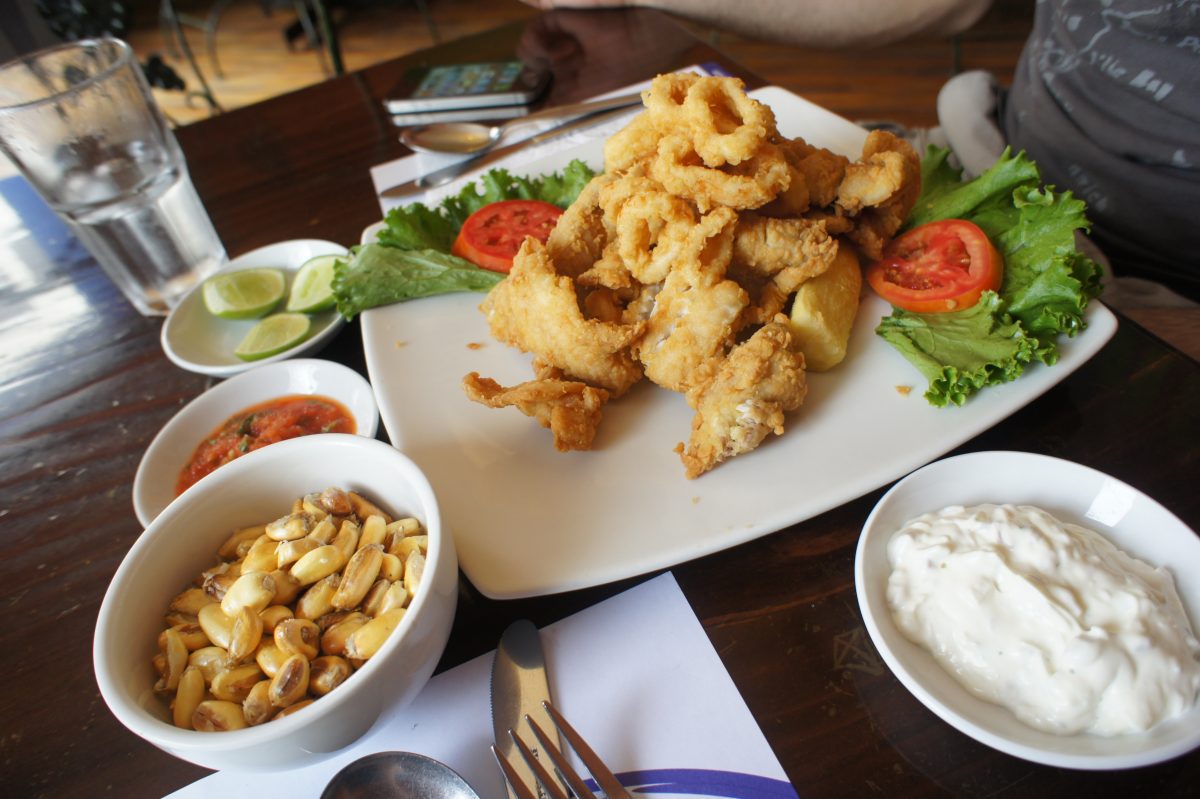
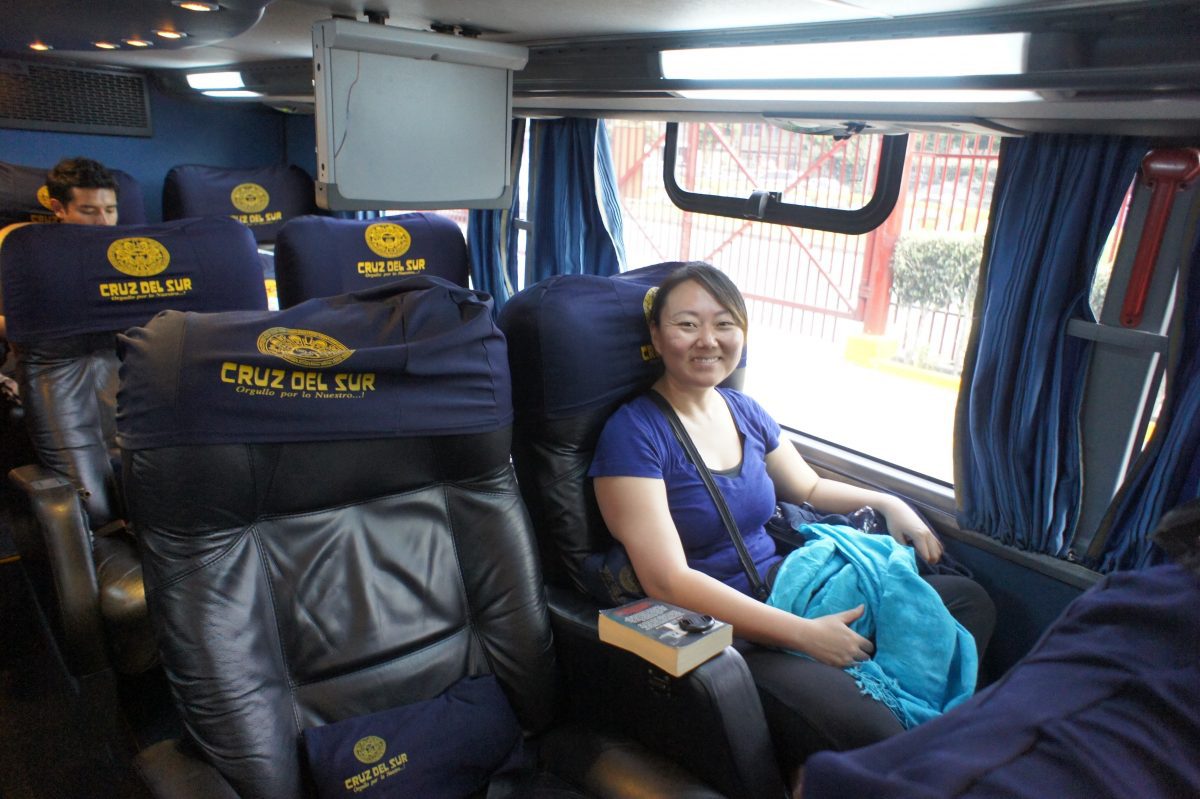
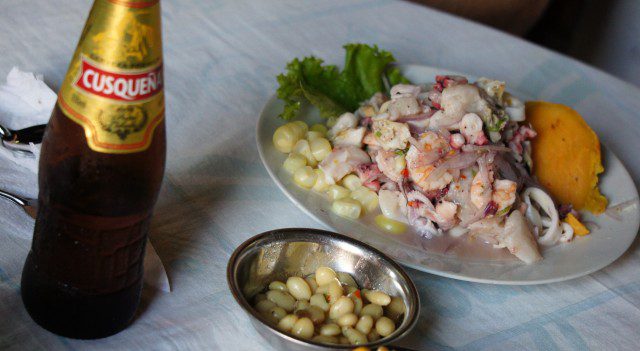
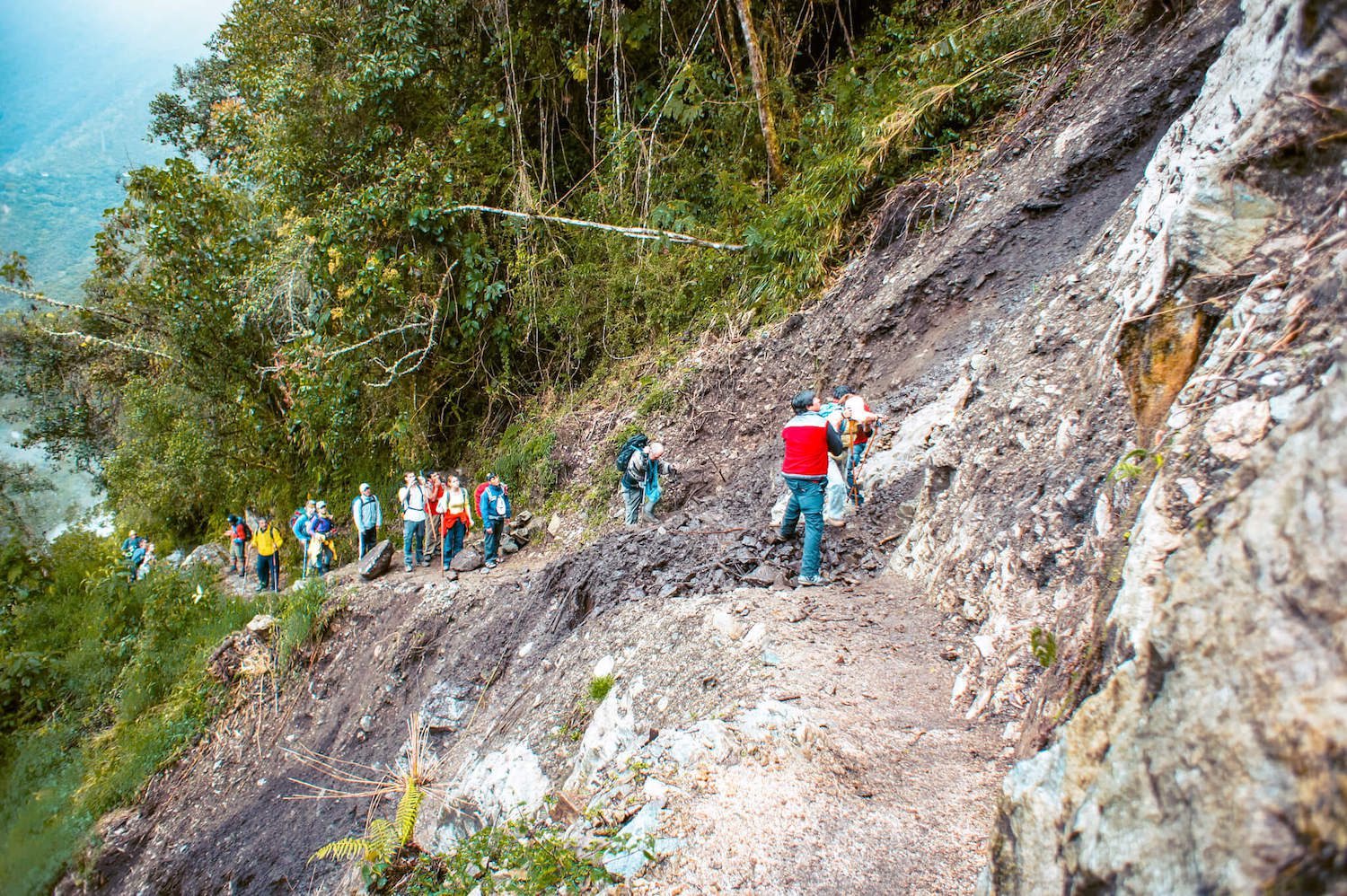
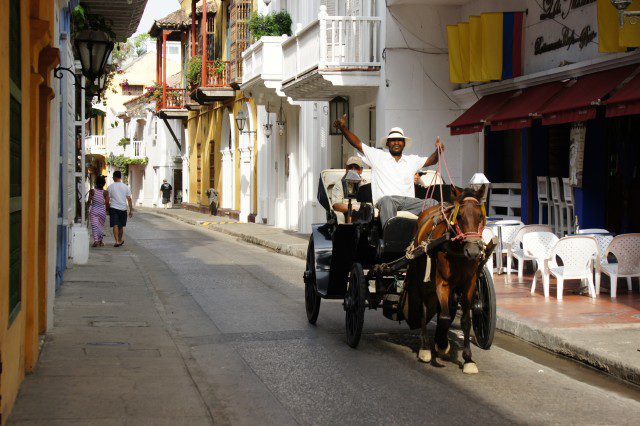
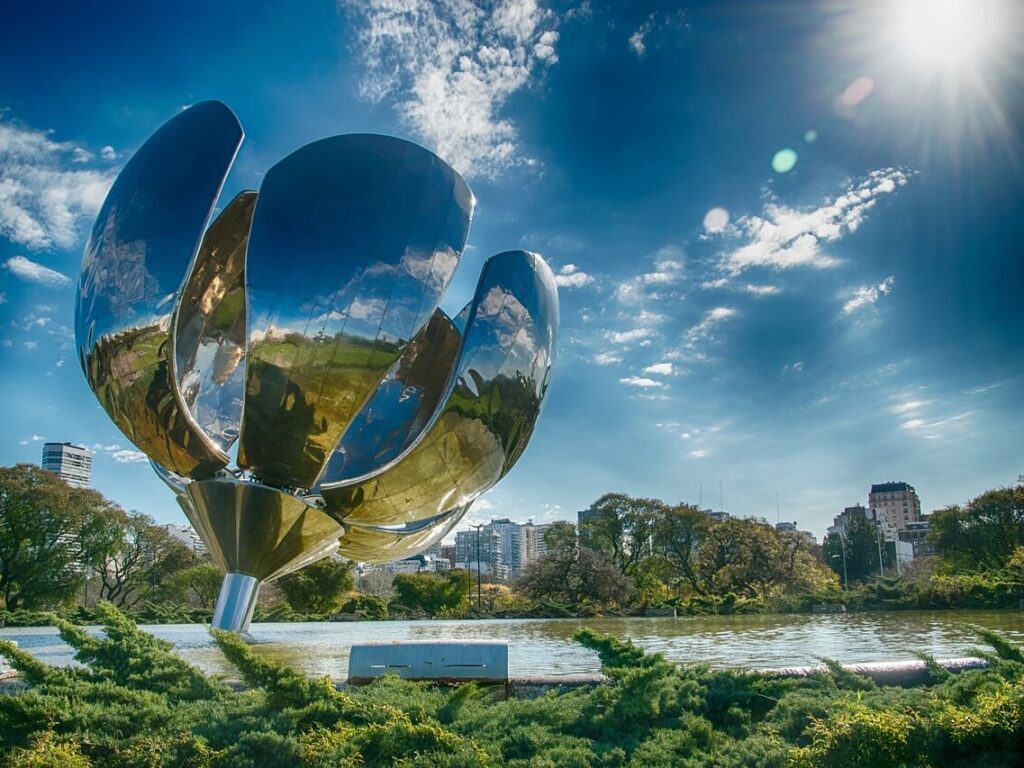
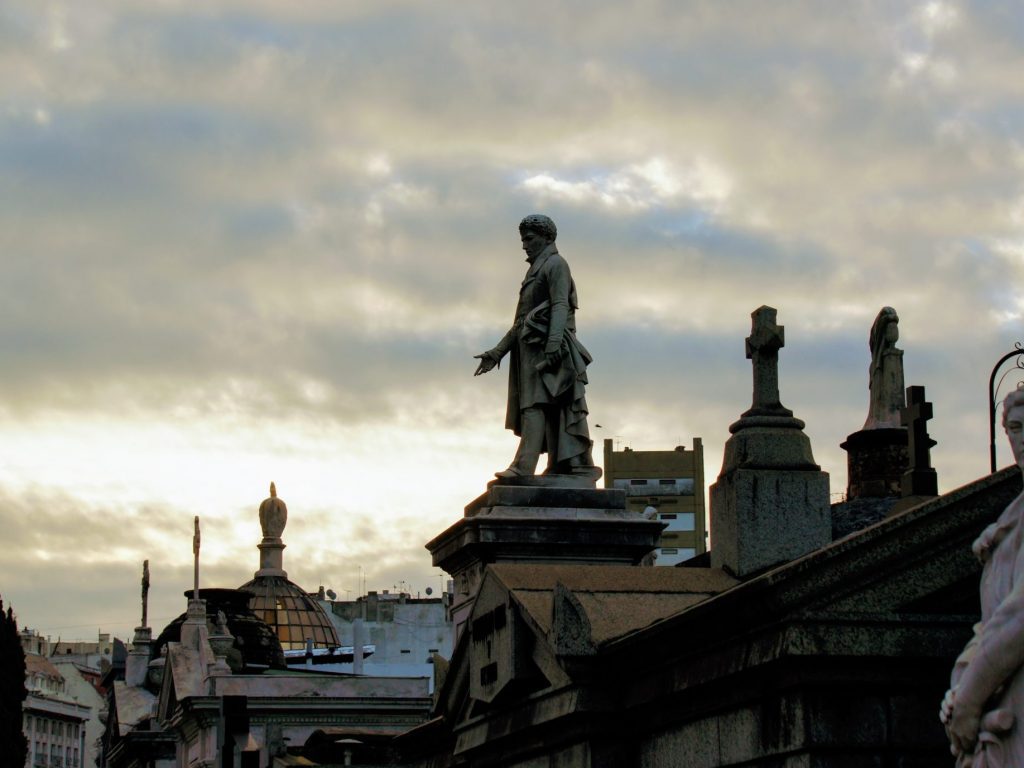
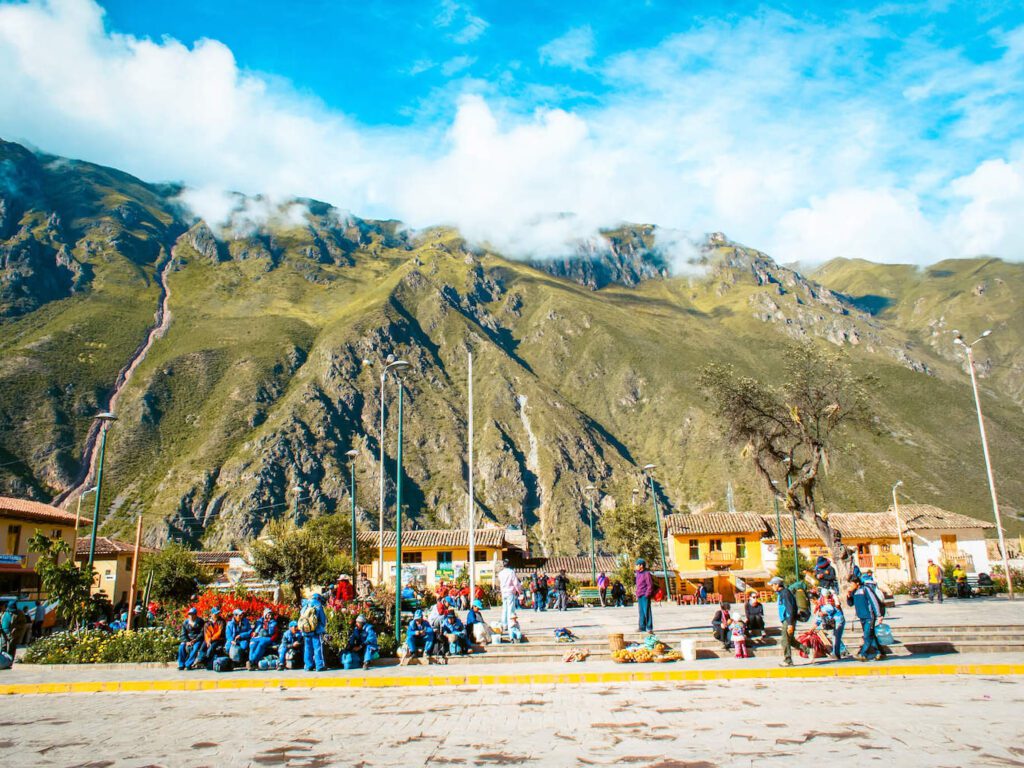
johannemarias
Funnily enough, I came across your blog with a “yellow fever vaccination in Seoul” google search. It was the only useful bit of information on the net that I could find. Boy, that was a morning – it might have been cheap, but I’ll take short and sweet over the half day I spent at the hospital next time. Now we are living in North East Brazil and yet again I’m using your advice for travel tips in South America. You’ve got a great blog here, keep writing please!
Shelley @Travel-Stained
I’m so glad the info was useful to you…but half day in the hospital!? Oh no! Did you have a reaction to the shot?
I wish we’d had more time to spend in Brazil, 3 weeks was entirely too short. Enjoy your stay there! 🙂